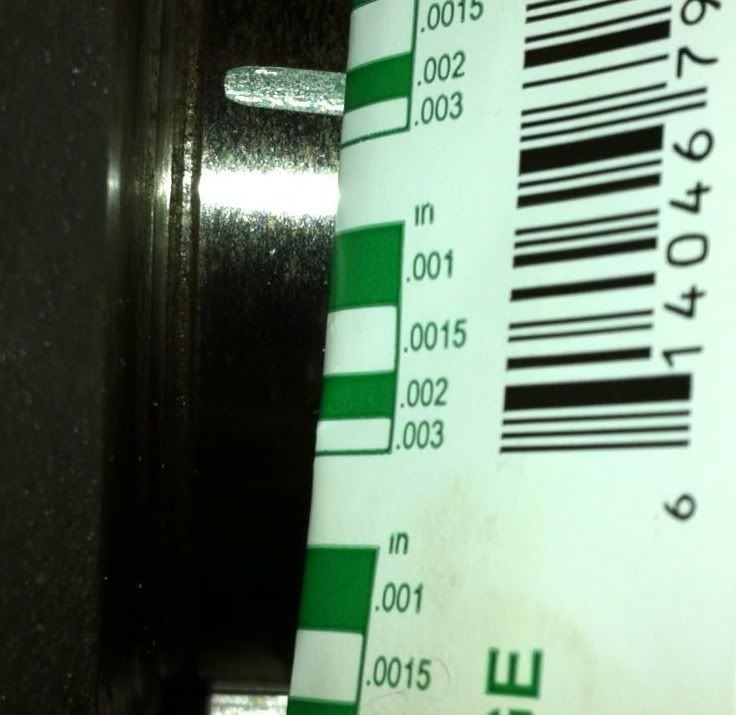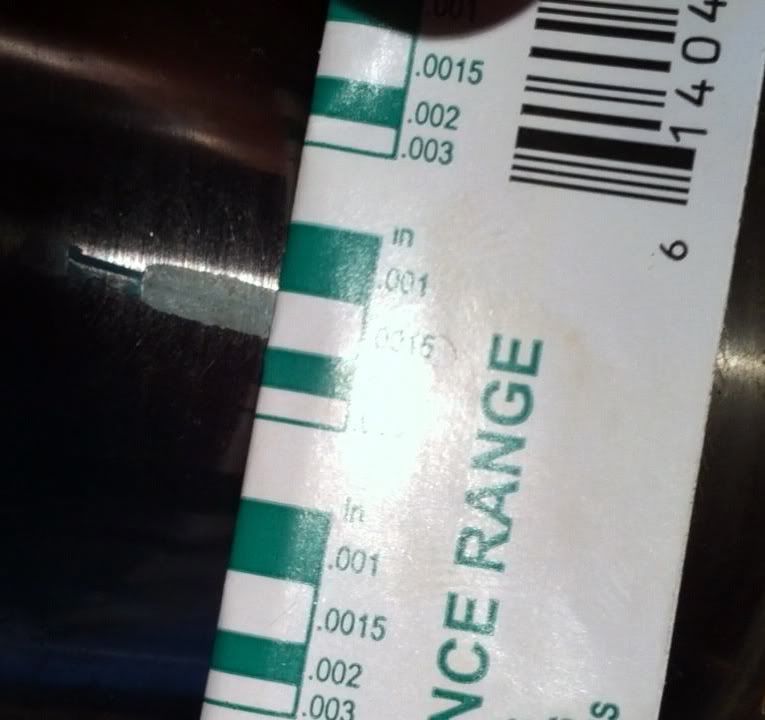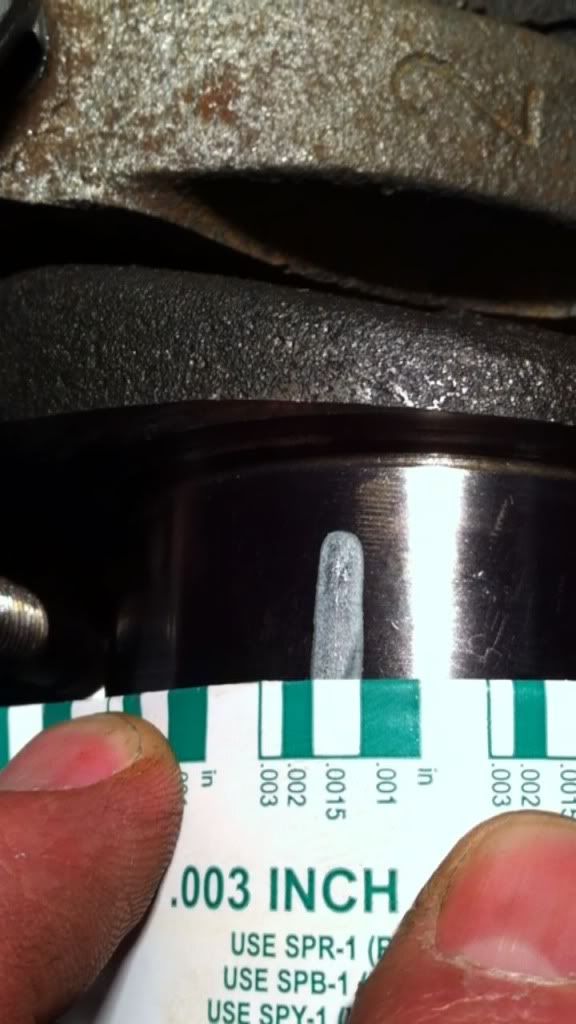octanejunkie
Mopar Padawan
Consider having the block magged and sonic checked before anyhting else. Even though it's already bored and honed, I would want that piece of mind for both wall thickness and checked for cracks. Money (and not much) well spent...
Supposedly, the block was magged by the PO, but I may consider it when having it square-decked, perhaps right before hand!



















